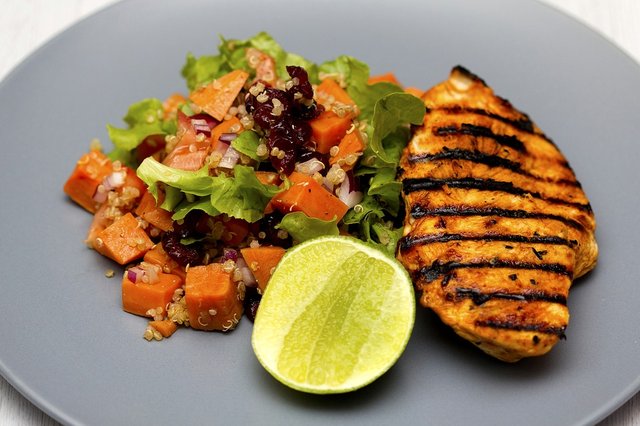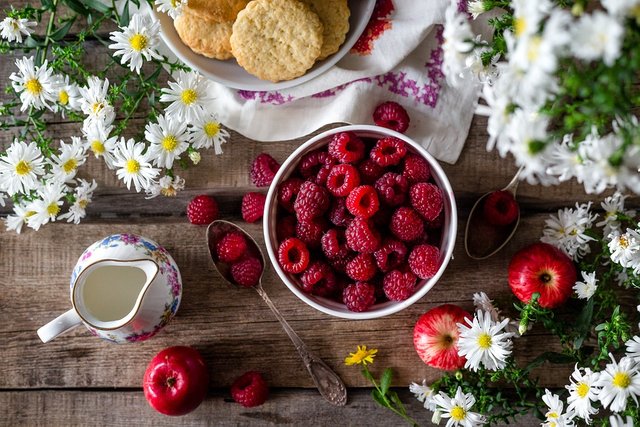Super foods are really super?
In recent times there has been much talk of "superfoods": foods such as chia seeds, quinoa, and wheatgrass are often praised for their beneficial properties and for their effectiveness in preventing certain diseases. To understand if they are really irreplaceable, here are some details about these products.
Modern, delicious and with above average nutritional values, "superfoods" have many appraisers, although they are not really cheap. On the contrary, they are often quite expensive. But do they really have an edge or are they completely comparable to traditional foods? To find out, we looked at four superfoods.
Goji berries
Originating from China and Mongolia, these small red fruits have a high content of vitamin C, which helps to strengthen the immune system. But even strawberries and lemons are just as rich. In the Goji berries, there are also the LBP polysaccharides (Lycium barbarum polysaccharides), which have strong anti-tumor properties. This, however, is what emerged from some experiments on mice; it is not clear whether the results are valid for humans. Another precious substance contained in Goji berries is zeaxanthin, which protects eyesight, especially retinal cells, from age-related degeneration. This substance, however, is also found in other foods such as spinach, corn, and eggs, much cheaper alternatives to the now famous berries.
Chia seeds
Chia seeds are very rich in Omega-3 fatty acids, which help reduce the risk of depression and cardiovascular disease and are also present in some fish species such as Atlantic salmon. Omega-3s are more abundant in chia seeds, but must first be converted during digestion, while fatty acids in the salmon are better absorbed by the body. A cheaper alternative to chia seeds is represented by flax seeds, which contain similar nutrients.
Quinoa
Originally from the Andes, quinoa is not a true cereal but a pseudo-cereal belonging to the family of the Amaranthaceae. It is much appreciated as it helps to lower cholesterol and to lose weight. Quinoa is rich in protein, magnesium, and iron; moreover, it has few calories and good fiber content, which fill the stomach and induce satiety. Millet guarantees a protein supply almost identical to that of quinoa but contains less magnesium and only half of the iron.
Wheatgrass
From a botanical point of view, wheat grass is part of the grasses. The fresh product is rich in iron, vitamin C and zinc. However, much of the grass is reduced to powder, a process that causes the loss of many vitamins. Wheatgrass is also suitable for cultivation. The green color is given by the chlorophyll, which performs an effective detoxifying action for the body. Chlorophyll is also present in green leafy vegetables of local production, such as broccoli or green cabbage.


